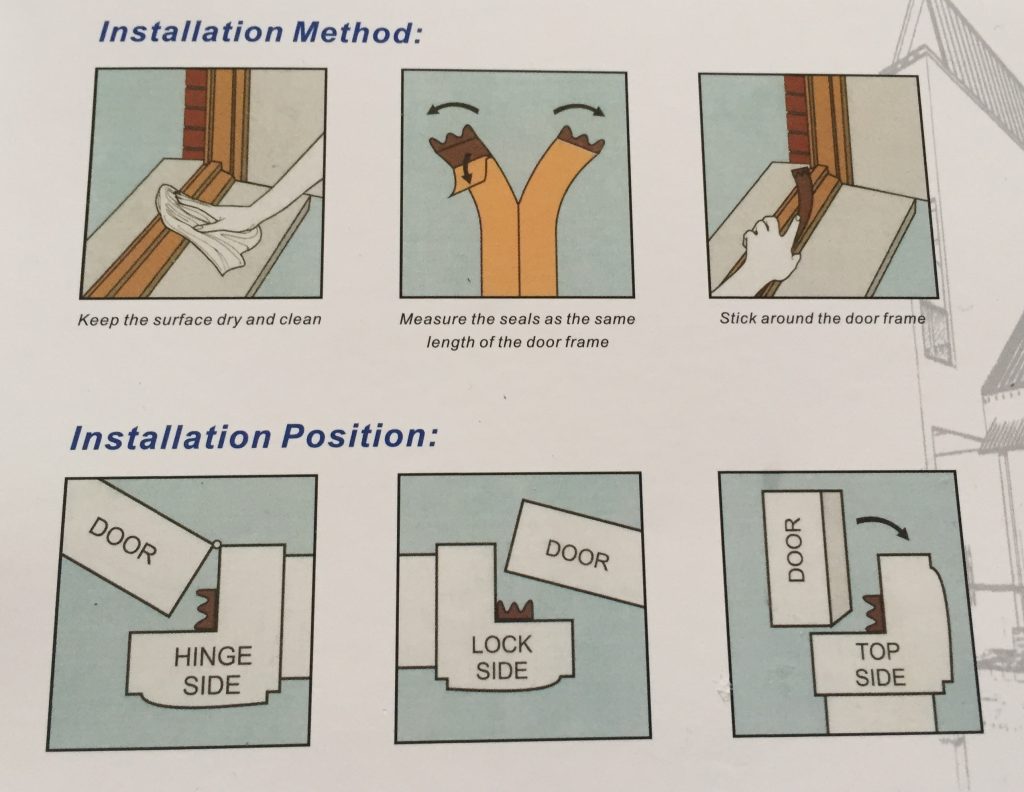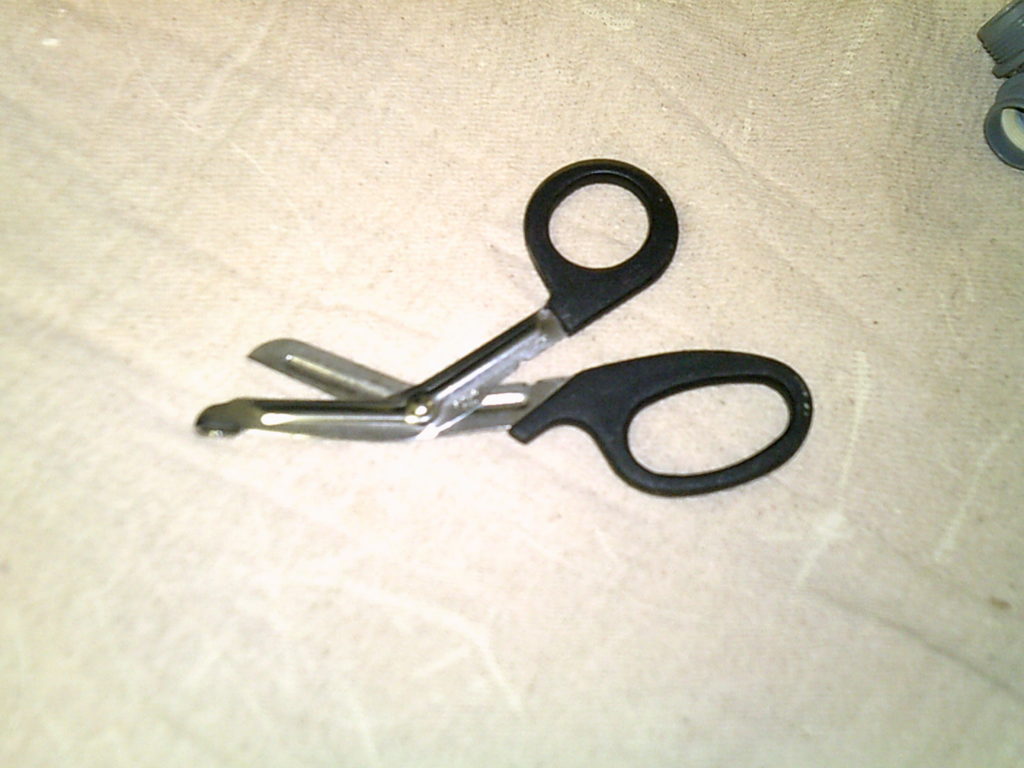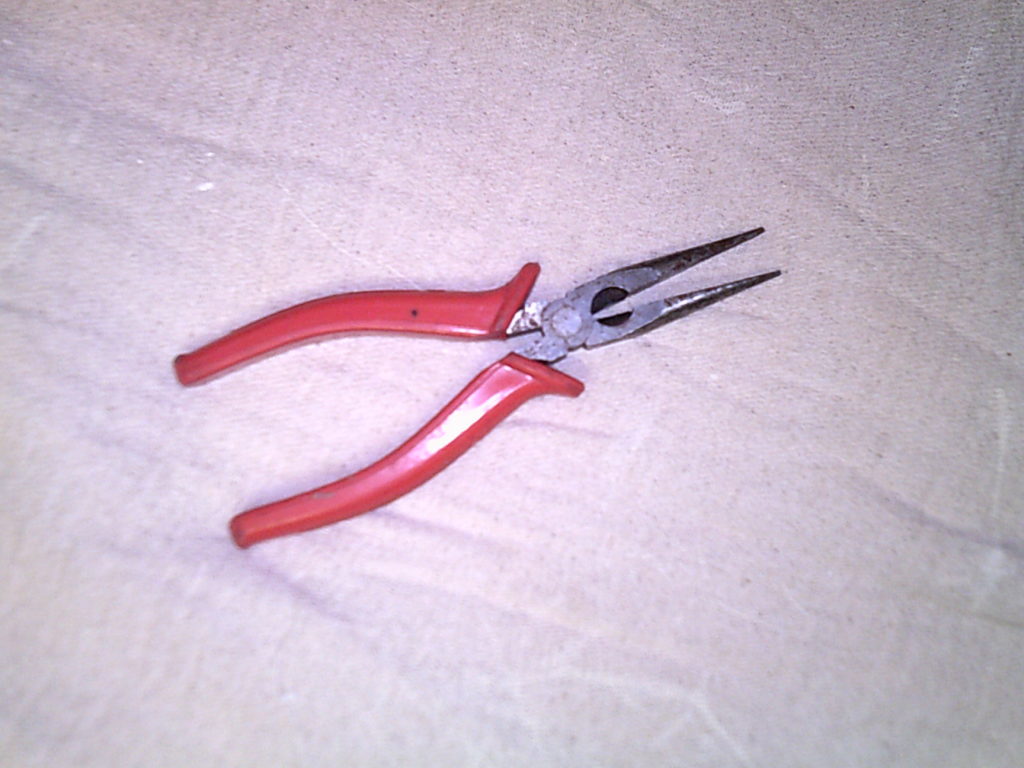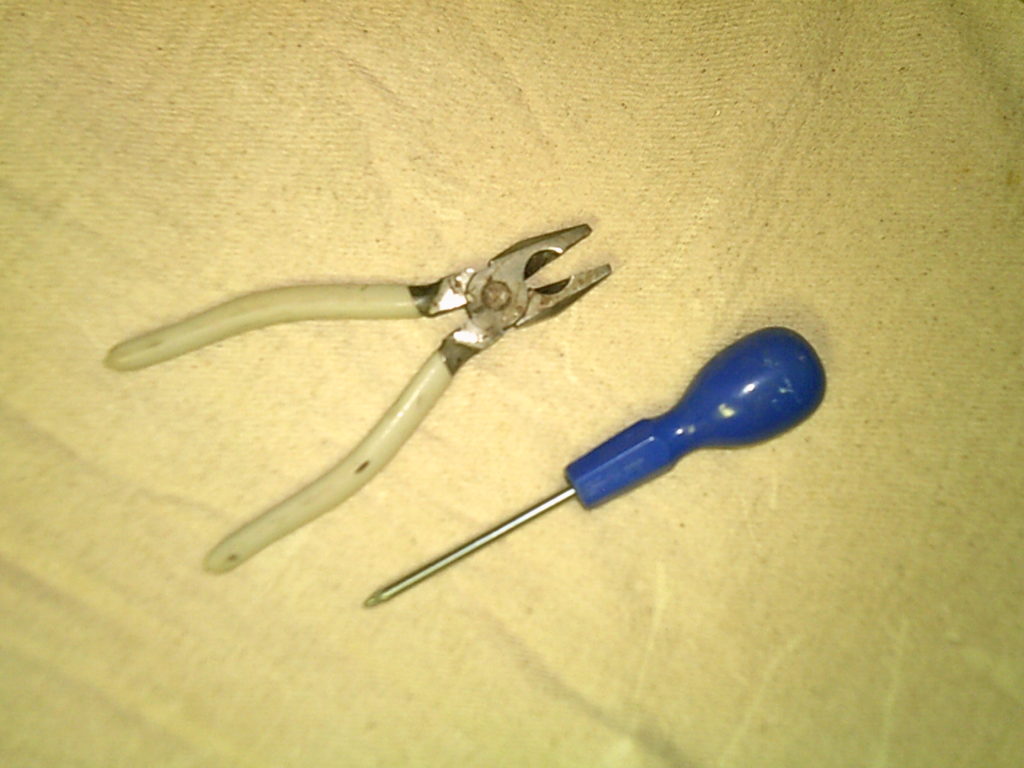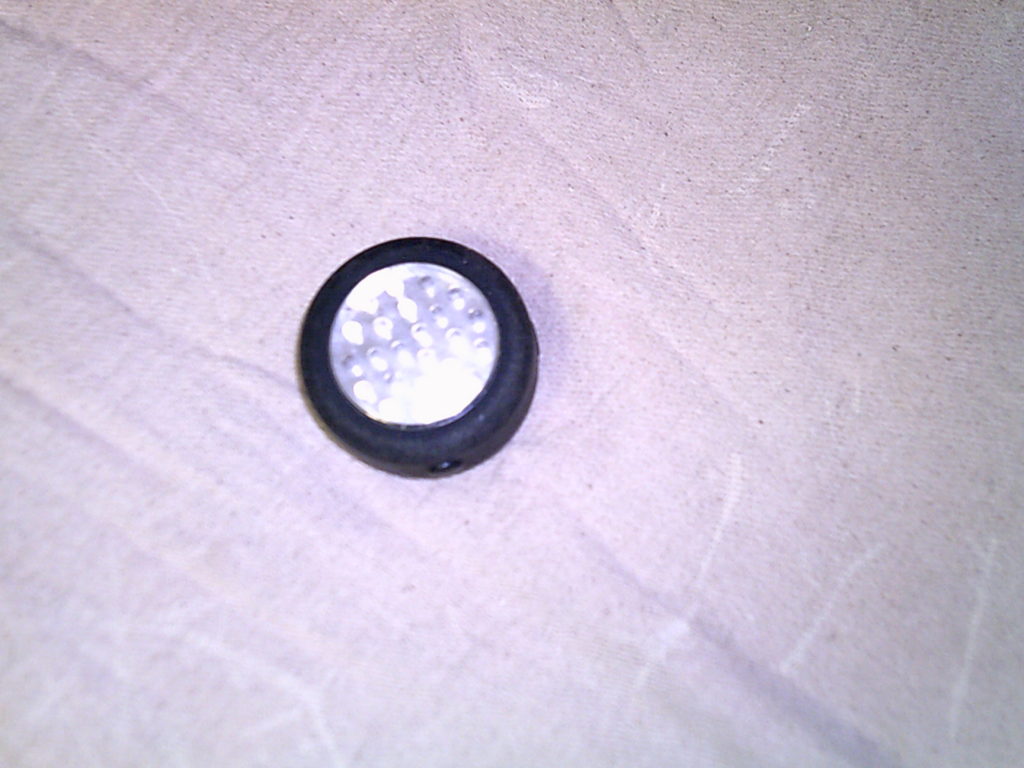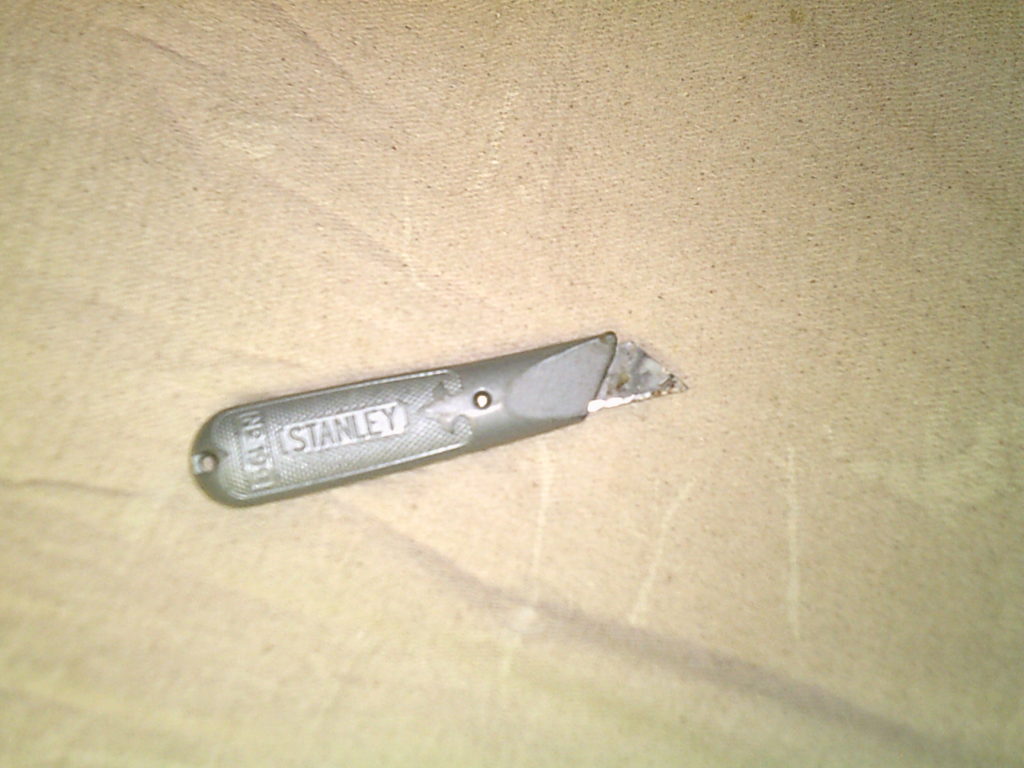Basic draught proofing is not difficult. With the possible exception of a caulking gun, you will probably already have all the tools for a basic draught proofing project. The materials are a bit more specialised, but all are generally readily available from your local hardware shop, one of the DiY superstores or a builder’s merchant.
Basic draught proofing projects tend to focus on four sources of draughts:
- ill-fitting windows and doors
- gaps in floors
- gaps at ceiling and loft level
- gaps around openings in external walls (including for windows, doors and pipes).
Tools
The most useful tools are a pair of scissors to cut draught strips, a green/yellow sponge kitchen scouring pad to clean rebates and reveals before adhering draught seals, a caulking gun to fill cracks and small holes and a set of general small hand tools.
Materials
Draught strips come in a wide variety of shapes and sizes and unfortunately one size does not fit all gaps. We carry a range of foam strips, small, medium, large and jumbo sizes in white and brown, brush strips, butyl-rubber ‘P’ and ‘E’ strips. Both white decorators caulk and silicone are used, various other types of silicone which are best not used against painted surfaces except outside.
Please carefully note the position of the draught strip on the jamb side – we frequently find this strip located in the wrong place.
This shows where to fit draught strips to a door (or old style casement window) very well:

